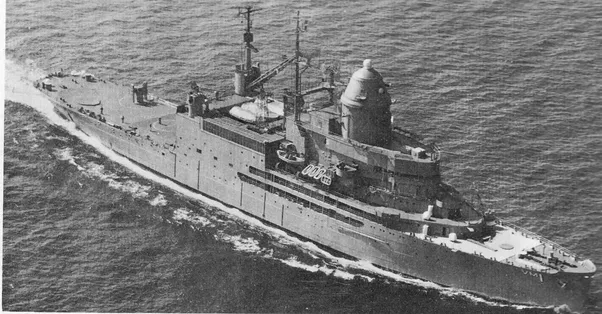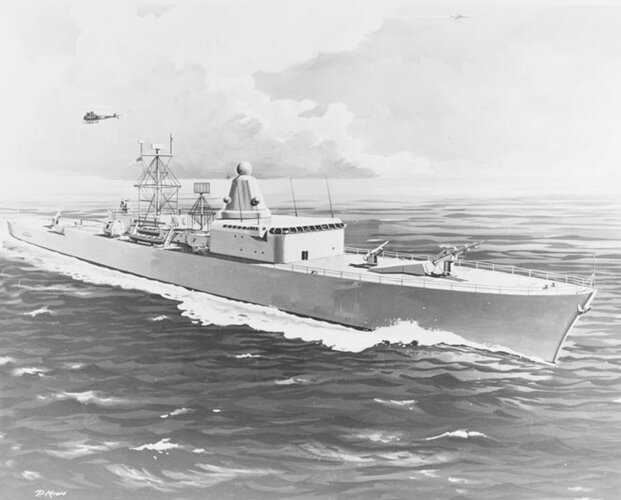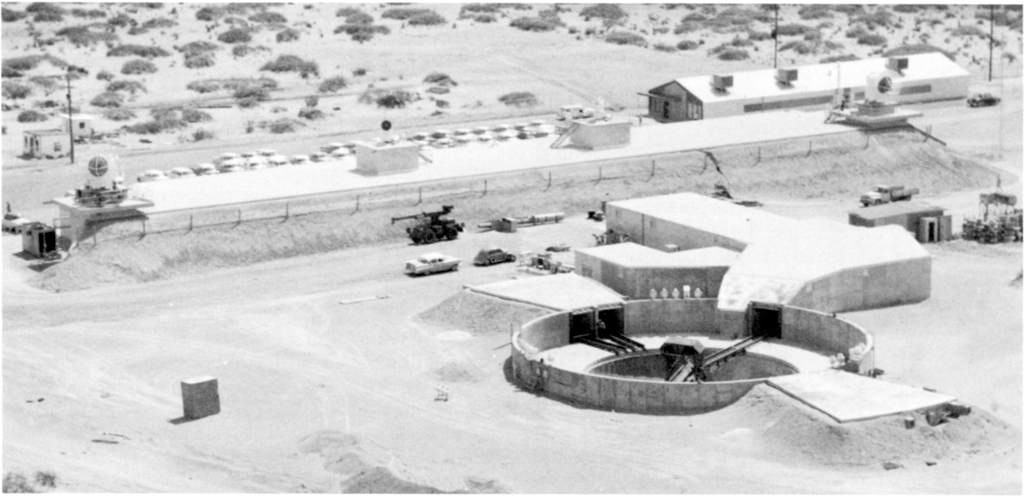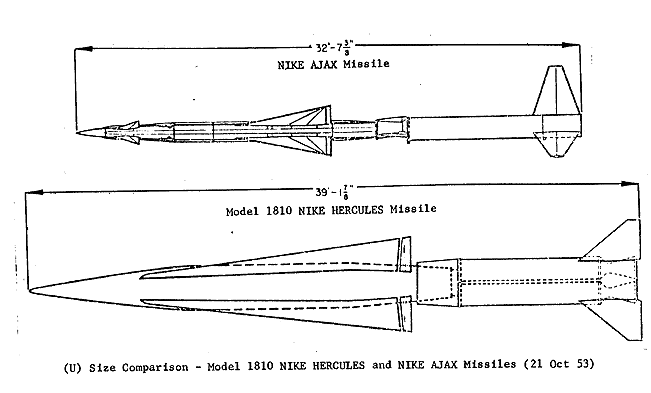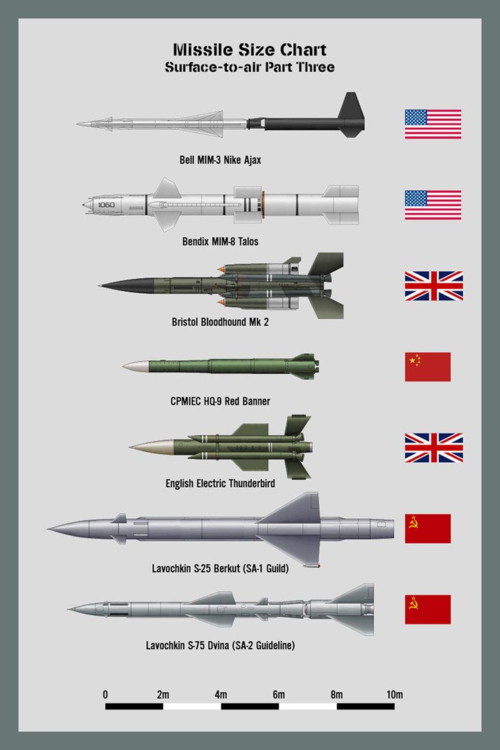M. A. Rozon
ACCESS: Confidential
- Joined
- 17 February 2007
- Messages
- 123
- Reaction score
- 76
Over the course of the life of the Talos system in the USN, the SPG-56 and SPG-61 Missile Fire Control radars were developed to replace the SPG-49 used to guide the Talos missile. Prototypes of each were built but these radars were never introduced into service. Either one would have, no doubt, done much to extend the service life of Talos as well as its performance.
I have the information on these radars from Friedman' book on Naval Radars, U.S. Cruisers and U.S. Naval Weapons but they have no illustrations of these radars and I have yet to find any elsewhere.
I'm hoping someone else has something on these two systems that would give me an idea of what they looked like and how they would have looked onboard a Talos ship (SPG-56 was to have been covered by a radome but I don't even have an illustration of that!).
Thanks in advance.
B)
I have the information on these radars from Friedman' book on Naval Radars, U.S. Cruisers and U.S. Naval Weapons but they have no illustrations of these radars and I have yet to find any elsewhere.
I'm hoping someone else has something on these two systems that would give me an idea of what they looked like and how they would have looked onboard a Talos ship (SPG-56 was to have been covered by a radome but I don't even have an illustration of that!).
Thanks in advance.
B)



